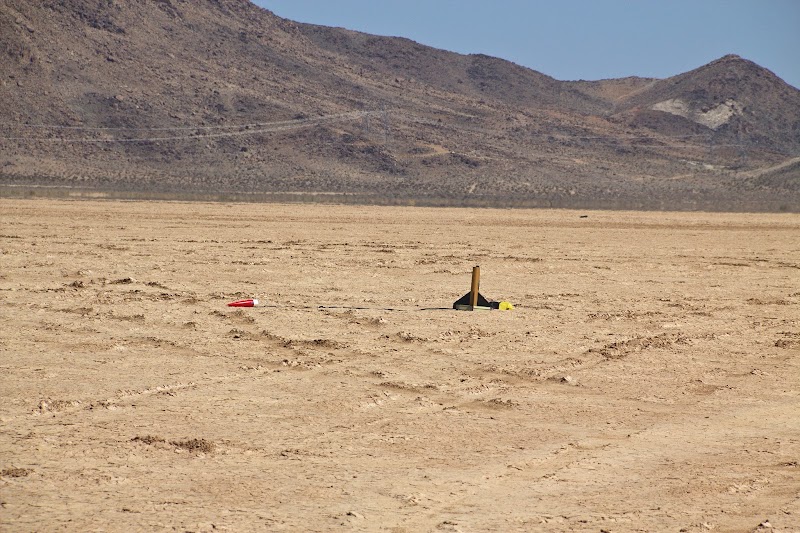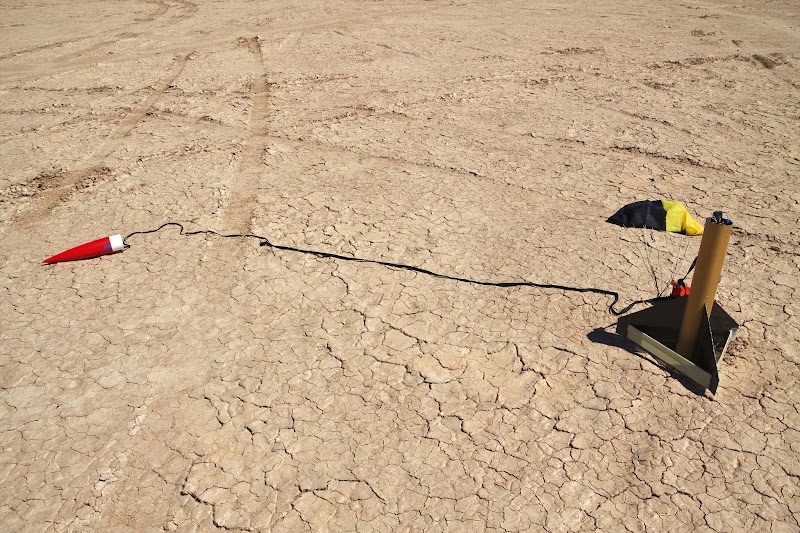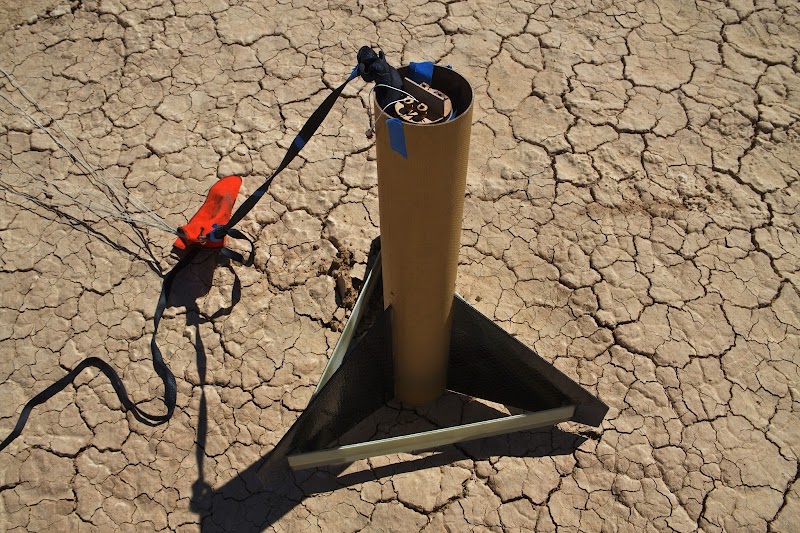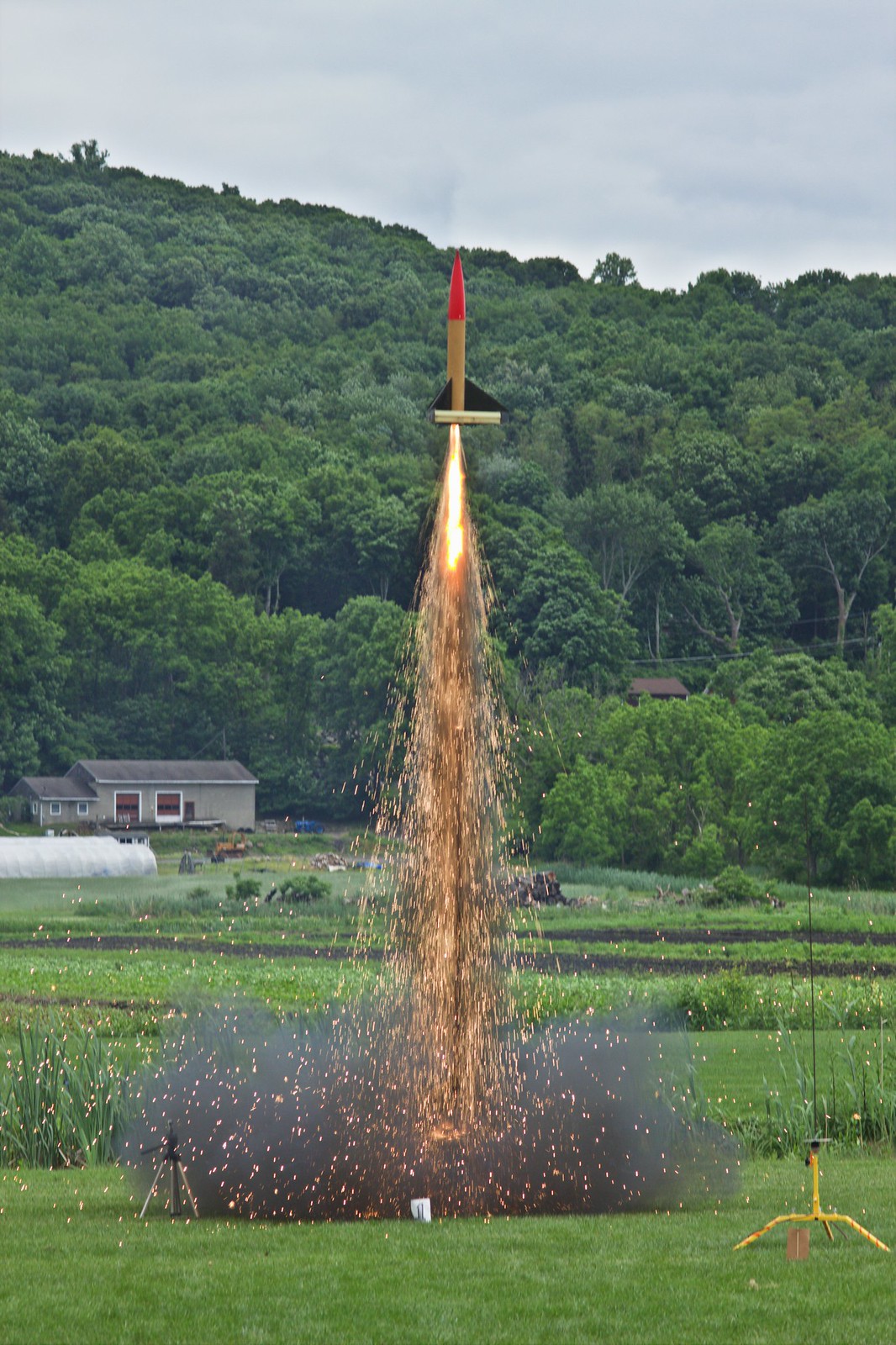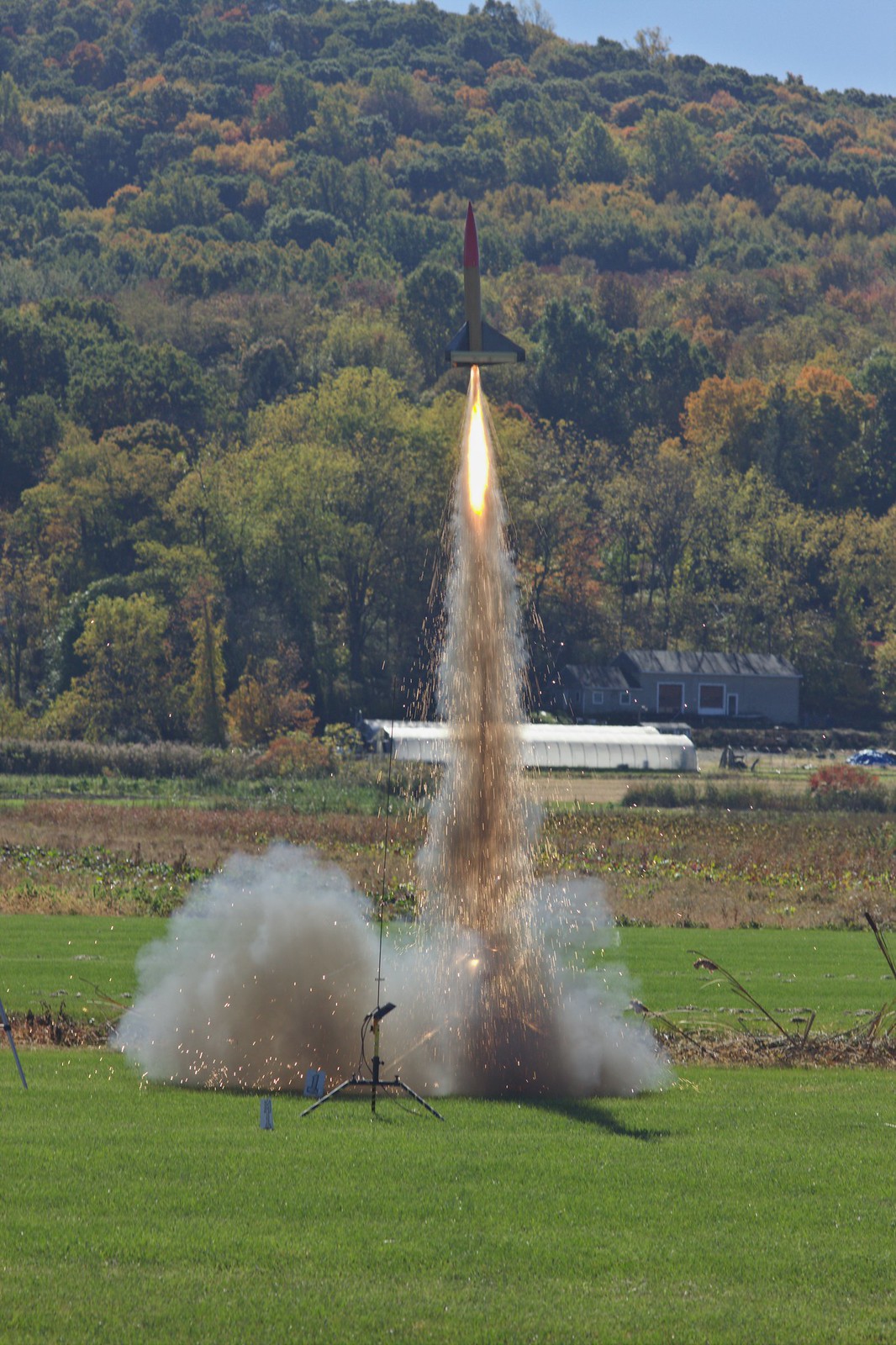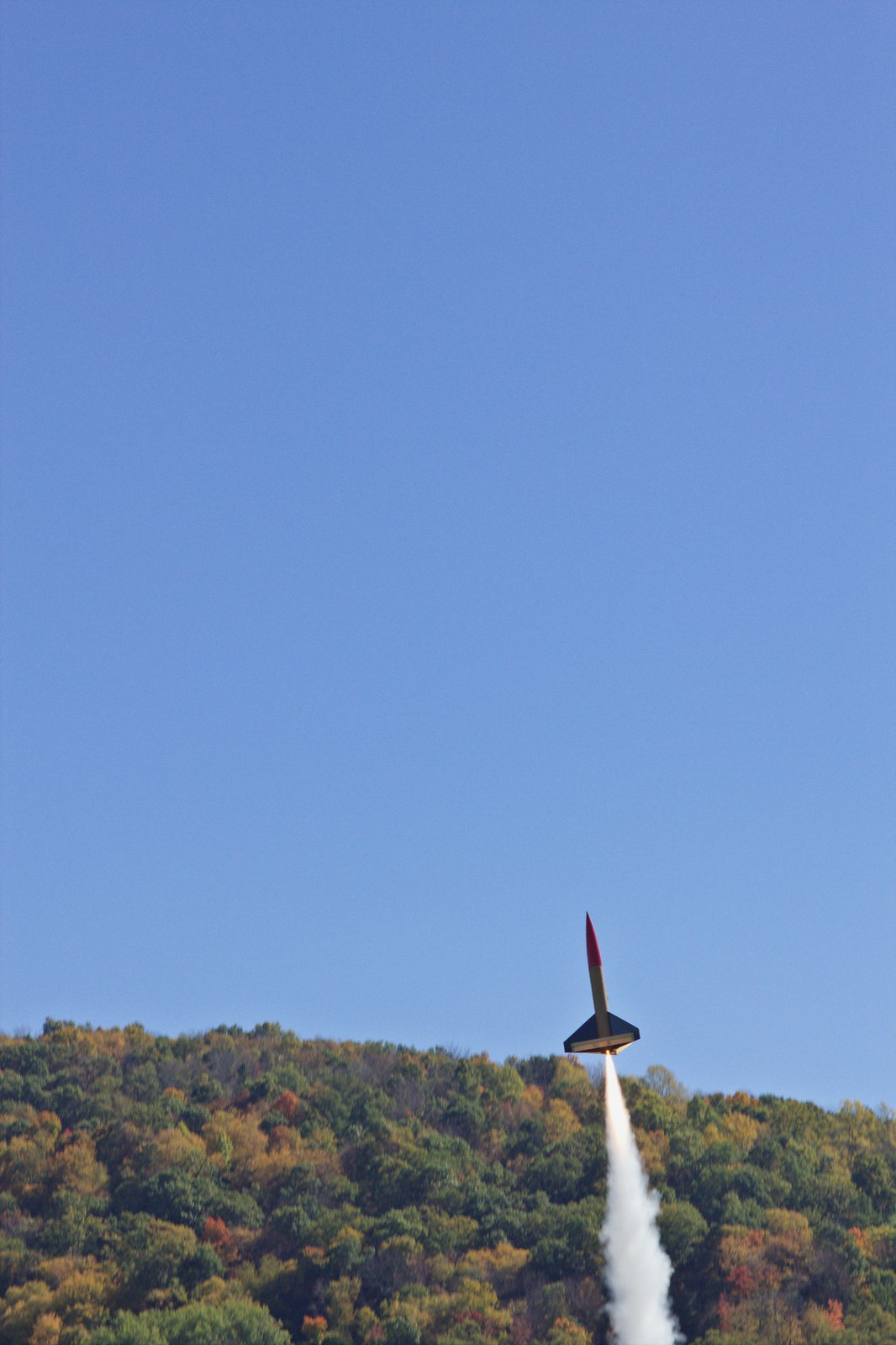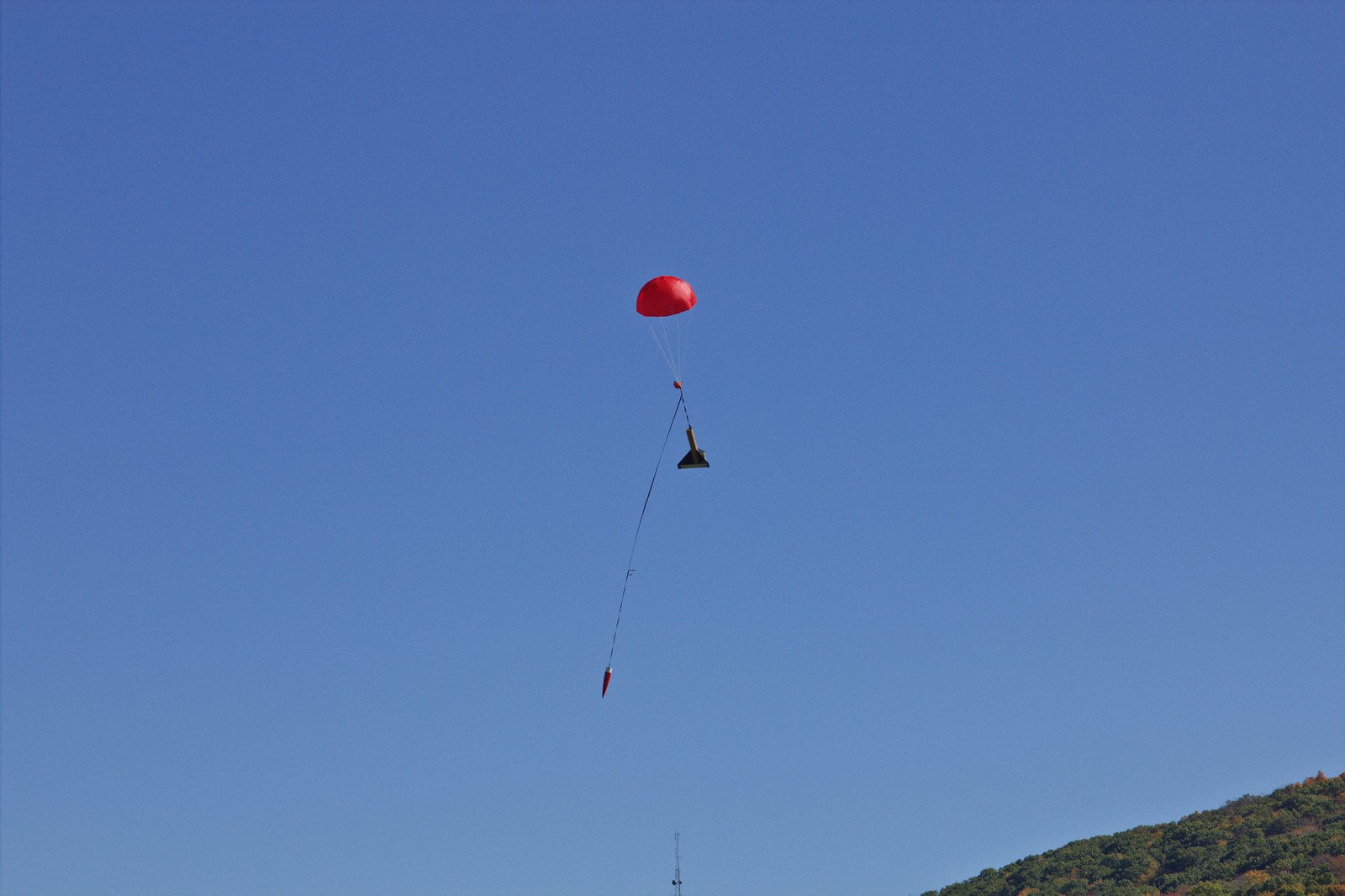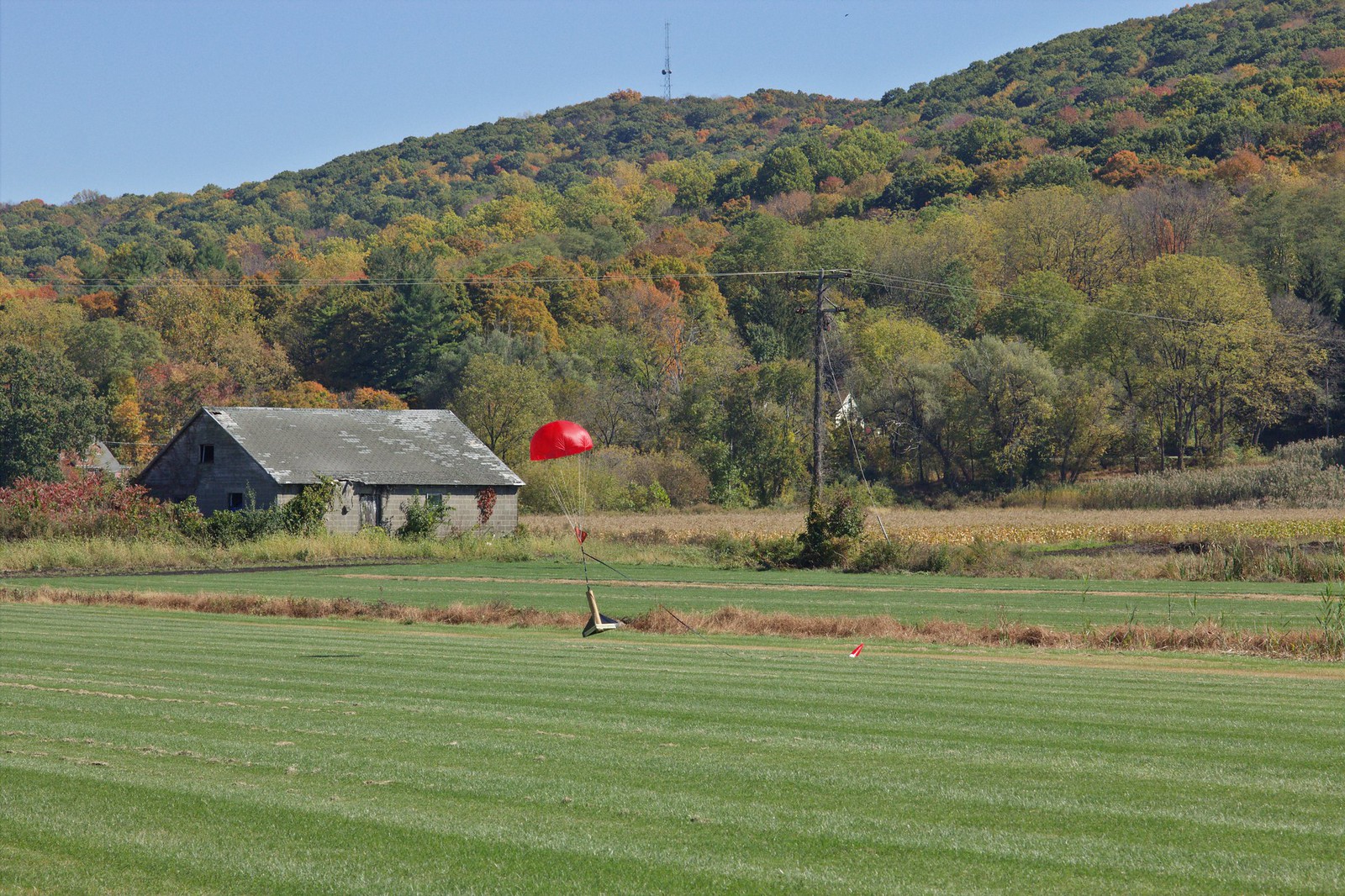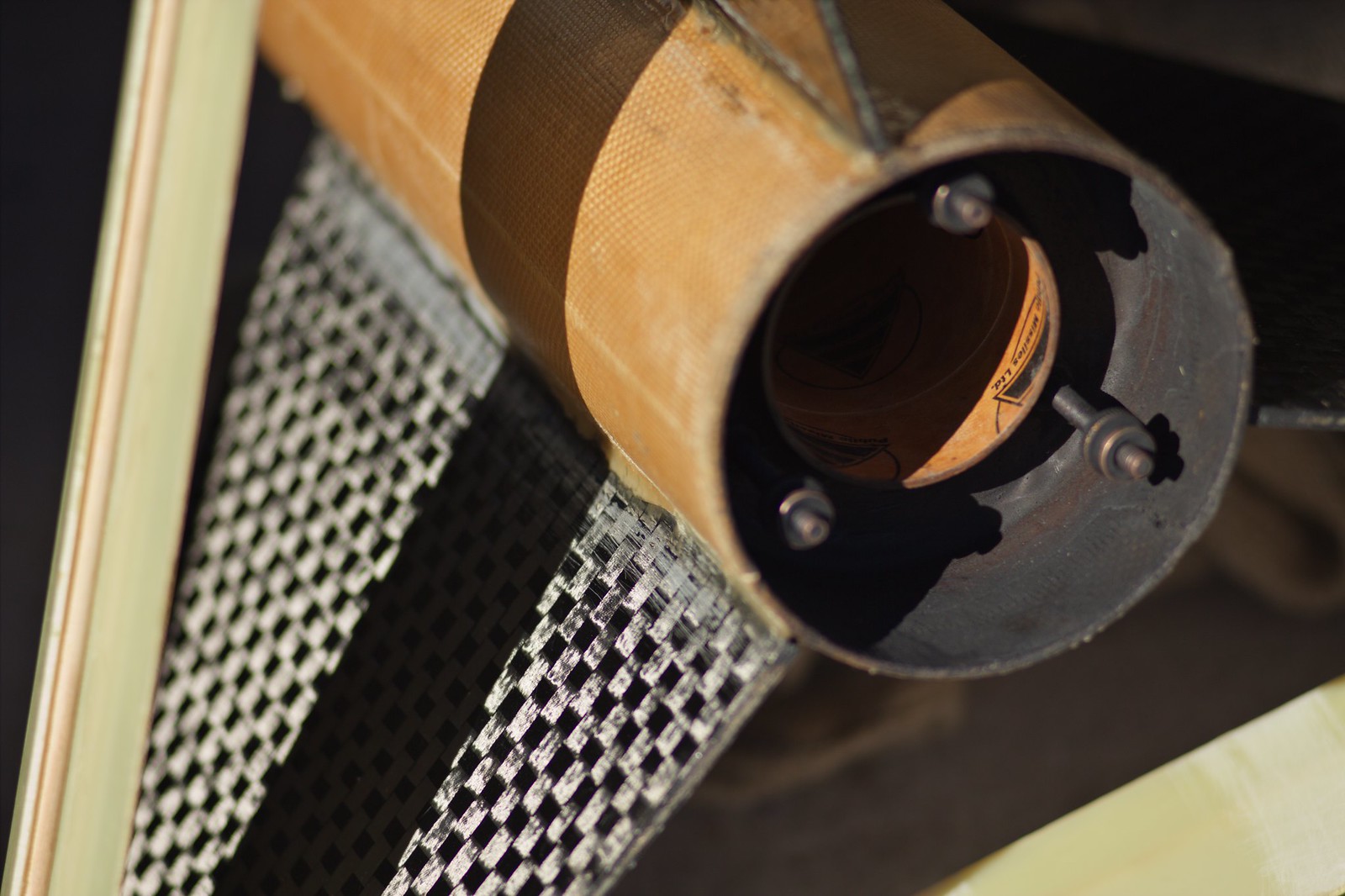I go to Harvey Mudd College in Claremont, CA (east of Los Angeles).
Aside from that: The news from today.
I decided that I would grab the Apogee article on fin flutter and plug the numbers from my fins into the formula. Seeing the formula, I was surprised, because I expected the mass of the fin (and thus its resonant frequency) to have some sort of influence on the results, but there's nary a sign of it. Nor is there any mention of sweep. I guess it does have to do more with the characteristics of the forcing functions, but I don't know why wing sweep isn't taken into account for that.
The result varies depending on what the effective shear modulus of my foam-cored CF fins are. I wasn't sure, but this page (
https://www.performance-composites.com/carbonfibre/mechanicalproperties_2.asp) gives two results for the in-plane shear modulus: 5 GPa and 33 GPa, depending on whether the fiber is oriented 90/0 degrees or 45/45, respectively, with respect to the direction of stress.
With these two values, I get ~.35 Mach and ~.9 Mach. The former is more likely, since my fins aren't completely CF, but my fins have a very large amount of 45/45 in the layup so it might be somewhere in between.
So. 1/3 of the speed of sound. That's an awfully limiting speed for a fairly lightweight 54mm rocket. Here I'll enumerate a few options I had.
- Limit motor size and thrust. REJECTED
- Add mass. REJECTED because I do want to be able to fly on smaller motors on occasion, and because it's largely assembled already.
- Add drag. Unlikely to affect top speed too much unless I mount a saucer the size of the fins on the bottom of the rocket, so it's not going to work great.
- Reinforce fins somehow.
So, I'm going to reinforce the fins with tip-to-tip fiberglass. Straight from tip to tip. In fact, I'm going to literally run G10 from one fin tip to the next to prevent the fins from twisting. It's going to be a beam section in the shape of a V with a wooden dowel glued in between to prevent them from fluttering on their own.
Fun side benefit: more drag, so it'll stay lower on the big, long-burning motors I intend to fly this on.






